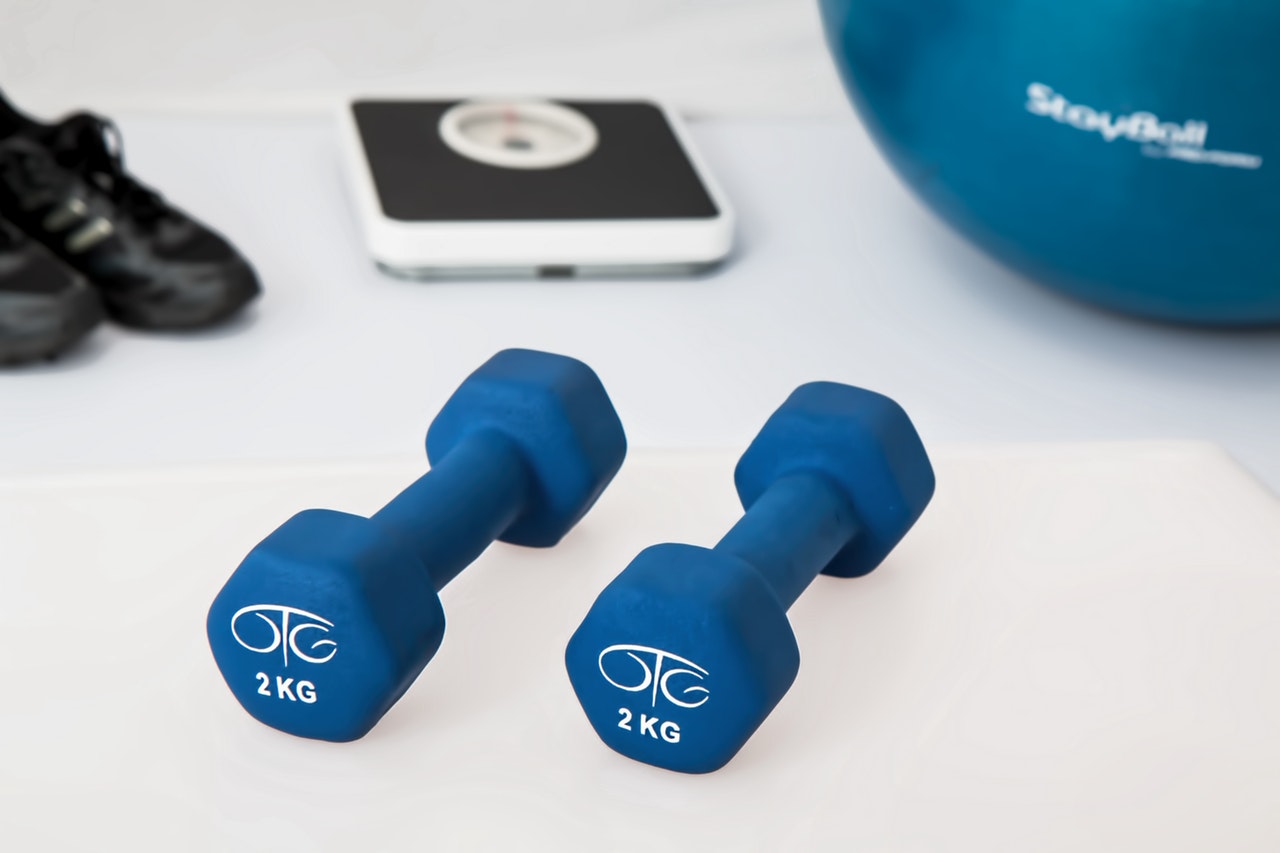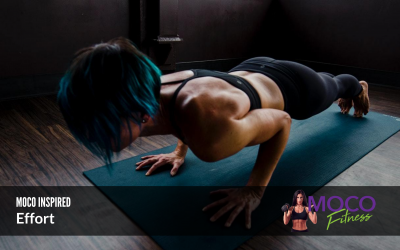How many times have you heard the phrase “trust the process” in your life? How many times have you said it yourself? We all know it and we know we should adhere to it.
But do you know what the process is? Just what is this magical, mysterious process we are all supposed to put our trust into?
THE PROCESS EXPLAINED
Put simply, the process we are referring to in the fitness world is the process of getting fitter. It is the process of going from Point A (where you are right now) and getting to Point B (where you want to be). It sounds so simple when you say it like that, right?
But the process of getting fitter is not as simple as it sounds. Here’s why: to get from Point A to Point B, you have to endure weeks, months, years of slowly (don’t miss that part) increasing your exercise endurance. You also have to consistently eat a certain way, but for the sake of keeping this article short and not overload you with too much information, we are just talking about the exercise part of the process.
TO GET MORE, YOU HAVE TO DO MORE
Getting fitter is not just about losing weight, gaining muscle, leaning out, getting healthy, etc. To attain any of these goals requires exercise, and exercise involves both human movement and the application of external factors in order to cause a physical response or reaction. As you consistently exercise over time, and the body adapts itself to become more accustomed to exercise, your exercise endurance will start to progress.
What is exercise endurance? Strength, stamina, increased cardiorespiratory capacity, agility, stability, coordination and a general better understanding of how to exercise. As your exercise endurance improves, you will be able to withstand longer, more intense cardio and weight training sessions.
As you progress along your fitness journey, your body will be able to tolerate more and you’ll be capable of doing some of the harder workouts that it takes to propel your physique, health and fitness to the next level.
I have worked with many people over the years who don’t fully understand the concept of progression. But the biggest component of progression in the fitness process of going from whatever your Point A is to whatever your Point B is is being aware of (realistic about) your current exercise endurance level and always trying to push just a little further next time so that you can continue to increase your exercise endurance which will, in turn, get you to the next level and get you closer to Point B.
HERE’S HOW TO INCREASE YOUR EXERCISE ENDURANCE
The process of increasing your exercise endurance and, ultimately, getting fitter involves what is called progressive overload. With progressive overload, you gradually put more stress on the body than it is accustomed to over time to increase your fitness level in the process of achieving your fitness goals. This increase includes four basic principles which encompass the FIIT (frequency, intensity, time and type) Principle Model. By monitoring and manipulating the four components of the FIIT Principal, you can increase your exercise endurance and fitness levels.
Frequency How often you exercise, 3-5 days per week, for example. If you are exercising 3 days, increase that to 4 days. Be careful you don’t over train! If you’re already training 6 days per week, you should save that 7th day for rest and recovery. A good indicator that you might be over training is feeling fatigued all the time, your muscles stay sore for longer and you just don’t feel well rested or recovered in general.
Intensity How intense are your workouts? This can involve a number of different elements, including how heavy you are lifting, how many reps/sets (volume), how long your rest periods are, what body parts/muscle groups you’re training, if you’re super setting or doing circuits, or if incorporating cardio in with your strength-training etc.
Time How long are your workouts? Don’t be fooled by this one, more is not always better when it comes to the time spent in a gym. More often than not, shorter workouts are more intense because you have to take shorter rest periods to fit all the exercises in! And if you’re spending 1 ½ to 2 hours on a strength-training session, check your rest periods. You may be resting too long between sets?
Type Strength training, cross training, powerlifting, cardio-acceleration, spinning … the list goes on and on. What type of workouts do you normally do? How often do you switch up, or mix up, that type of training?
Keep a log of all your workouts and include the four FIIT Principals so that you can monitor your progression and see how your exercise endurance is improving.
When you find yourself feeling impatient about getting results and rolling your eyes at the thought of having to trust that darn process, keep in mind that you have to build up exercise endurance over time in order to be able to conduct some of the harder exercises and withstand some of the more grueling workouts which will eventually give you the results you’re looking for which is why it can take months, even years, to build a lean, muscular physique.
When your body (and mind) is able to exert a higher amount of effort than what you were capable of the day, week or even month prior, your endurance increases. Which means progress!







